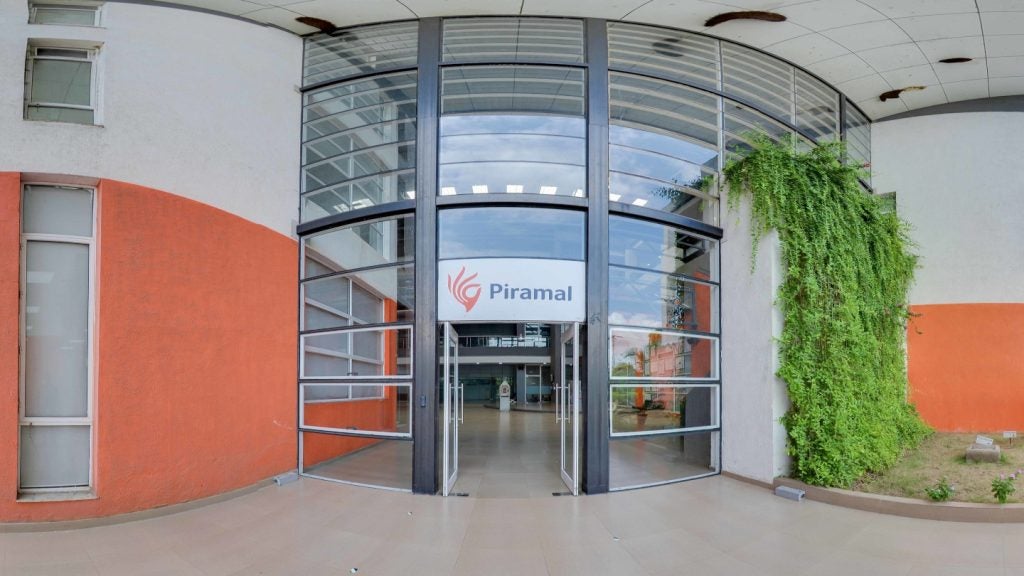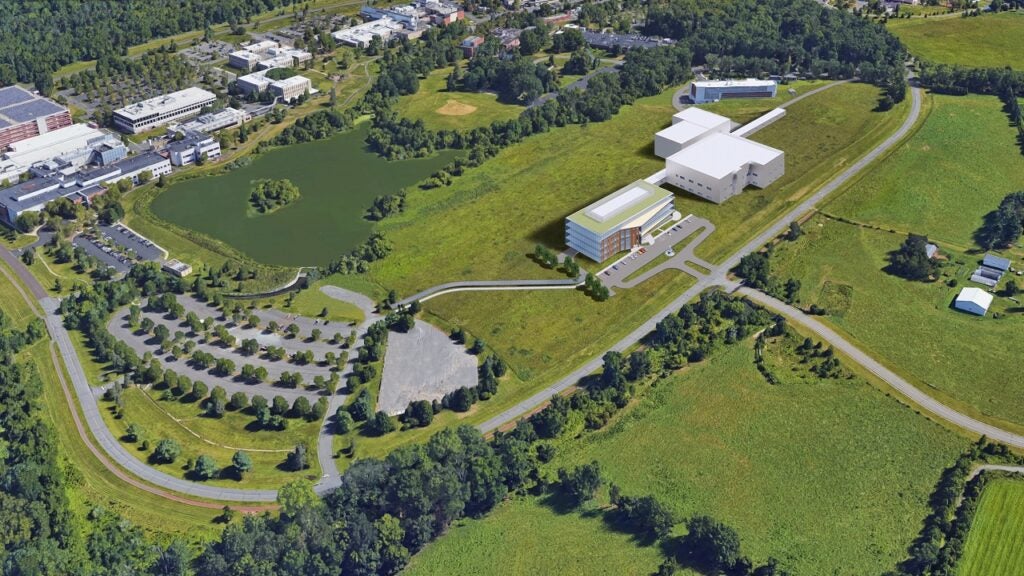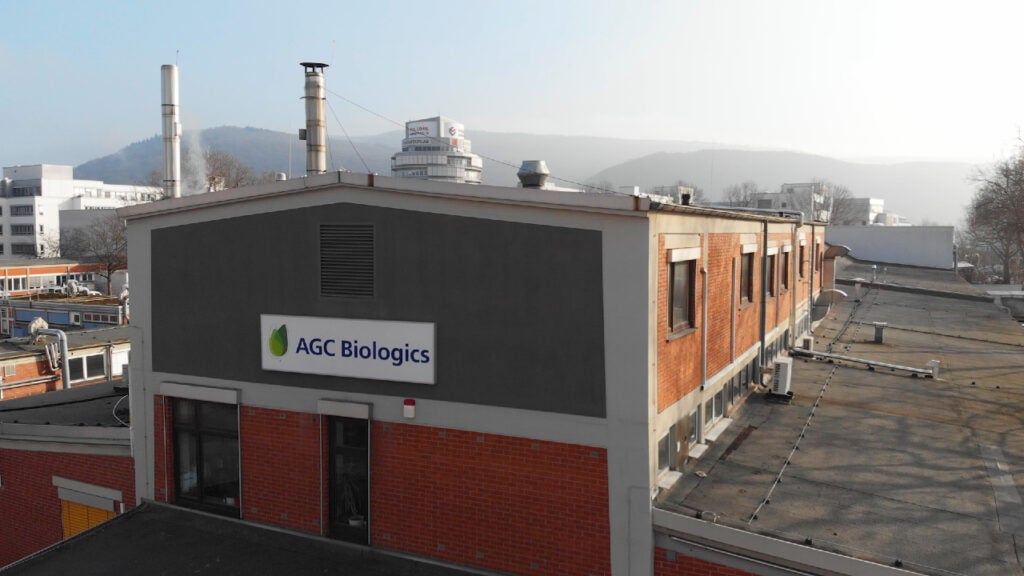In early November 1998, Hoechst Marion Roussel (HMR) and Pfizer announced their intention to jointly develop, produce and sell inhalable insulin on a global scale.
They worked with Life Sciences Meissner + Wurst (LSMW) to build one of the largest insulin manufacturing plants in the world. Named Diabel, the project is located in Frankfurt, in the Rhineland Palatinate area of western Germany. It was completed within 28 months.
In 2006, Pfizer took over the plant, which was later purchased by Sanofi-Aventis for €30m on 8 June 2009 when Sanofi-Aventis exercised its intervention right in relation to a purchase contract signed between Pfizer and Mannkind in March 2009. The acquisition included the building, equipment machinery and some existing contracts.
Now named Aventis, HMR’s major products were therapies for allergic, metabolic and central nervous system (CNS) disorders, as well as cardiovascular therapies and drugs for infectious diseases.
LSMW was a 50:50 joint venture (JV) between the Jenoptik subsidiary M+W Zander and the US-based Day and Zimmermann’s Total Life Science Solutions. It was renamed M+W Process Industries on 1 January 2010.
Inhalable insulin production plant
Inhalable insulin offers an entirely new approach to the treatment of Type one and Type two diabetes. Diabetes is a widespread chronic disease that is caused when the pancreas cannot produce insulin, or can only produce small quantities insufficient for normal decomposition of sugar in the human body.
The production plant in Frankfurt was one of the first to enable the manufacture of inhalable insulin. This was set to be a milestone in the treatment of diabetics because it would free patients from the need for injections.
Through Pfizer’s collaboration with Inhale Therapeutics Systems, Pfizer acquired valuable experience in the development of the inhaler, including formulation technology for pulmonary delivery of dry powder insulin.
Diabel project make-up
The Diabel project was a major investment by HMR and Pfizer, with 200 new jobs created.
LSMW was commissioned to design the insulin plant for its engineering skills and its knowledge of pharmaceutical processes. Work began in 1998 and completed in 1999.
LSMW benefitted from M+W Zander’s experience in the construction of high-tech factories. M+W Zander plans, builds and validates pharmaceutical and biotechnology plants.
The plans for Diabel were approved by the Darmstadt regional council. In addition, the plant was inspected and approved by the international drug regulatory agencies in 1999 before commissioning and commercial production could begin.
By October 2000, offices and laboratories were completed. The fermentation, reprocessing and cleaning areas were completed by November and December 2000. By spring 2001, the operational qualification of the facility was achieved.
Frankfurt plant details
The plant provides space for fermentation, reprocessing, cleaning and treatment of insulin, as well as supply and disposal. The fermentation, reprocessing and high-level cleaning facilities are located in different buildings.
The main building comprises offices, central laboratories, measuring station, archives, changing rooms and recreation rooms. The supply and disposal facility is equipped with a buffer media annexe and raw materials warehouse. For liquid raw materials and wastewater treatments, a separate warehouse was constructed at the exterior.
The plant uses a genetically changed strain of E.coli to produce biosynthetic human insulin.








